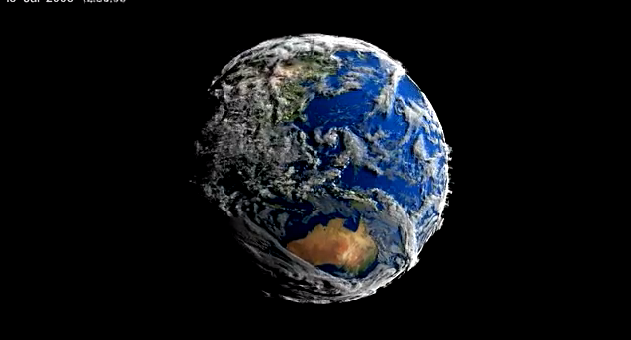

Life has existed on Earth for billions of years, appearing shortly after the planet had cooled and liquid water became available. From the first bacteria to the amazingly complex animals we see today, life has colonized every corner of our planet. As you know, our Sun has a limited lifespan.
Over the next 5 billion years, it will burn the last of its hydrogen, bloat up as a red giant and consume Mercury and Venus.
This would be totally disastrous for local flora and fauna—but all life on the surface of the Earth will already be long gone. In fact, we have less than a billion years to enjoy the surface of our planet before it becomes inhospitable. Because our Sun…is heating up.
You can’t feel it over the course of a human lifetime, but over hundreds of millions of years, the amount of radiation pouring out of the Sun will grow.
WATCH: The Life of the Sun

This will heat the surface of our planet to the point that the oceans boil. At the core of the Sun, the high temperatures and pressures convert hydrogen into helium.
For every tonne of material the Sun converts, it shrinks a bit making the Sun denser, and a little hotter. Over the course of the next billion years or so, the amount of energy the Earth receives from the Sun will increase by about 10%. Which doesn’t sound like much, but it means a greenhouse effect of epic proportions.
Whatever is left of the ice caps will melt, and the water itself will boil away, leaving the planet dry and parched. Water vapor is a powerful greenhouse gas, this will drive the temperatures even hotter. Plate tectonics will shut down, and all the carbon will be stripped from the atmosphere.
It’ll be bad.
As temperatures rise, complex lifeforms will find life on Earth less hospitable. It will seem as if evolution is running in reverse, as plants and animals die off, leaving the invertebrates and eventually just microbial life. This rise in temperature will be the end of life on the surface of Earth as we know it.
Still, there are reserves of water deep underground which will continue to protect microbial life for billions of years.
The article comes courtesy of Fraser Cain at Universe Today.